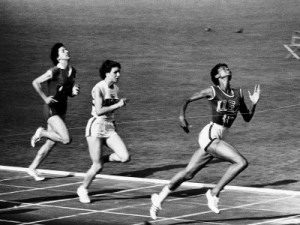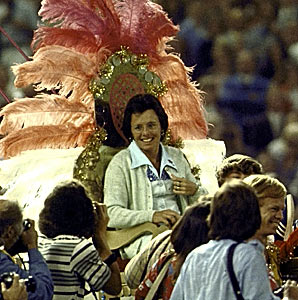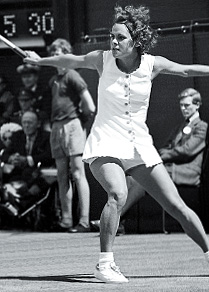Biggest Milestones in U.S. Women’s Sports History 7
America’s heartbreaking loss to Japan in the Women’s World Cup final, though painful, was hardly a setback for women’s sports in this country. During this summer, the world’s No. 1 team provided enough drama to captivate men and women from coast to coast, drawing large television audiences and even setting a Twitter record of 7,196 tweets per second. Hope Solo and Abby Wambach became household names and served as inspiration for girls who strive to play soccer and other sports at the highest levels. None of it would’ve happened, however, without the following milestones. Each one marked an important moment in not just women’s sports history, but sports history.
1. President Nixon makes Title IX a reality (1972)
Signed into law by the socially moderate President Nixon, Title IX specified that “No person in the United States shall, on the basis of sex, be excluded from participation in, be denied the benefits of, or be subjected to discrimination under any education program or activity receiving Federal financial assistance.” Participation in women’s sports has grown significantly in the decades following its passage, as a 2008 study indicated that women’s college athletics has expanded to 9,101 teams (8.65 per school).
2. Wilma Rudolph wins three gold medals (1960)
Women’s track and field became one of the Olympics’ flagship events thanks to Rudolph, who became the first American woman to secure three gold medals (100m, 200m, 4 x 100m relay) during the 1960 Summer Olympics in Rome. Dubbed “the fastest woman in history,” a worldwide audience was able to witness her blazing speed on television, enabling her popularity to soar. Her impact was especially felt in the US, where a demand for equality was just beginning to manifest.
3. Women’s soccer wins its second World Cup (1999)
This one was extra special because the US was the host country, allowing the women’s soccer team to demonstrate its talent before pro-American home crowds, interest that even surprised the players. Never before had America rallied behind a women’s team in such a manner — most people forgot about the gender distinction and milestones, and just rode the wave of patriotism to the final. That’s when, of course, Brandi Chastain memorably connected on the game-winning penalty kick, ripping off her jersey in exuberance. With 90,185 fans in attendance, it became the most-attended women’s sporting event in history. At the time, it garnered a remarkable 11.4 rating, the most-watched soccer game in US television history and one-tenth of a point higher than the average rating of that summer’s NBA Finals. Read the rest of this entry →









